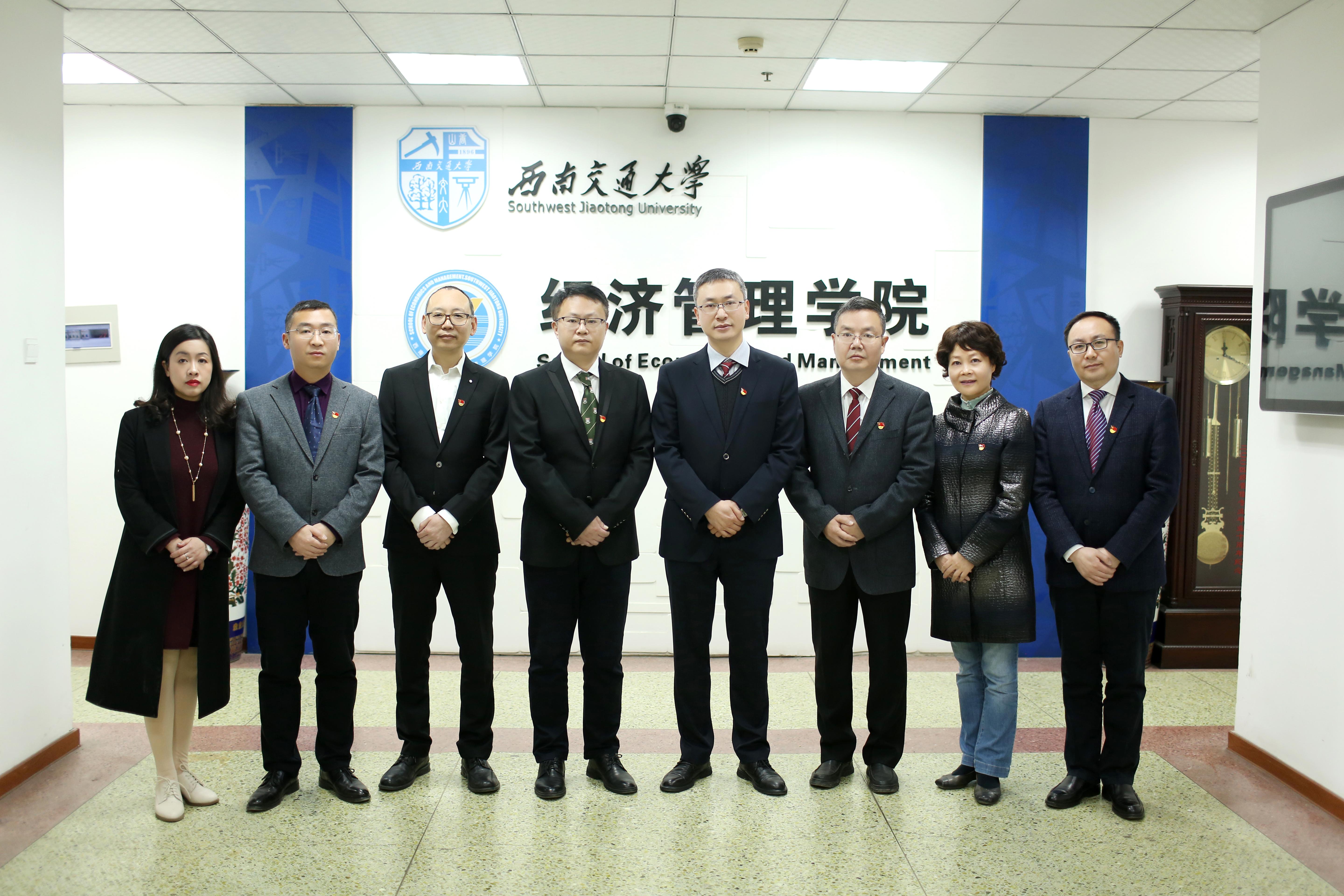Contact us
Address: No.111, North Erhuan Road, Chengdu, Sichuan, China, 610031
Tel: +86-28-87600822/87601403


School of Economics and Management (hereafter referred to as SEM) was founded in 1993. As the leading school in the field of humanities & social science in Southwest Jiaotong University (SWJTU), SEM can grant bachelor, master and doctor degrees and it also has two post-doctoral research centers. Granted by MOE, SEM is the first school in Southwest China to launch the doctoral program in Management Science and Engineering. The School also has the doctoral program in Business Administration. In total, SEM provides two doctoral programs, nine master programs and seven undergraduate programs.
There are seven academic departments in SEM, which are Accounting, Economics, Engineering and Operation Management, Finance, Innovation Entrepreneurship and Management, Information System, and Marketing. The total number of the participating faculties is 110, among which 28% are professors, 39% are associate professors and 33% are assistant professors. SEM currently serves 4076 students in total, including 1293 undergraduate students, 2215 master students, 434 PhD candidates and 134 international students. During the past five years, there are in total 3513 students graduated from SEM, including 1390 undergraduate students, 426 research master students, 426 professional master students, 1179 MBA students, and 92 PhD candidates. In addition, the School is making efforts to serve the society and has built long-term cooperation with world top 500 enterprises such as New Hope Group, Sichuan Huashi Group and Dongfang Electric Corporation in executive development and consulting services.

SWJTU is a university with distinctive characteristics of traffic and transportation, and is among the first batch of universities to enter the list of “First-Class Discipline”. Relying on the strong research competitiveness in management science and engineering, traffic optimization and quantitative data analysis, SEM formulated its own school-level characteristics of cultivating management talents with innovative spirits and quantitative analysis ability by combining the research advantages in disciplines of Traffic and Transportation as well as Project Management. The School emphasizes the development of quantitative analysis ability in both undergraduate and master students, thus the School’s undergraduate programs admit only science-oriented high school graduates. Most master students of the School have science and engineering education background.
Combined with current disciplinary advantages and distinctive school-level characteristics as well as based on the opportunities brought by the Belt and Road Initiative, the School’s mission and strategy were released in 2015.




Vision of SEM
“As a leading higher educational institution in western China, relying on advantages of traffic and transportation as well as project management, SEM is to be a respectable business school in China and contributes to the welfare of the faculty, staff, students, alumni and communities.”
Value of SEM
“Integrity, Collegiality, Innovation, Morality, Responsibility.”
Mission of SEM
“Taking the traditional advantages in traffic and transportation engineering, big data analysis and logistics management, and focusing on Chinese management practices with global perspectives, SEM is to prepare the students to be outstanding industrial leaders and managers with innovative spirits and quantitative analysis ability, to contribute academic research and discoveries to business thoughts and methods, and to serve the society with knowledge and practices.”
Strategy of SEM
S1: Human Resource Strategy. It involves attracting domestic and international high-level talents as well as supporting faculty self-development program and mutual development of faculty and students.
S2: Innovation Strategy. It focuses on research production and teaching method innovation.
S3: Internationalization Strategy. It promotes international exchange of faculty and students to increase the diversity of faculty and students.
S4: Happy Environment Strategy. It aims to create a good physical environment and improve learning and working satisfaction for students, faculty and staff.